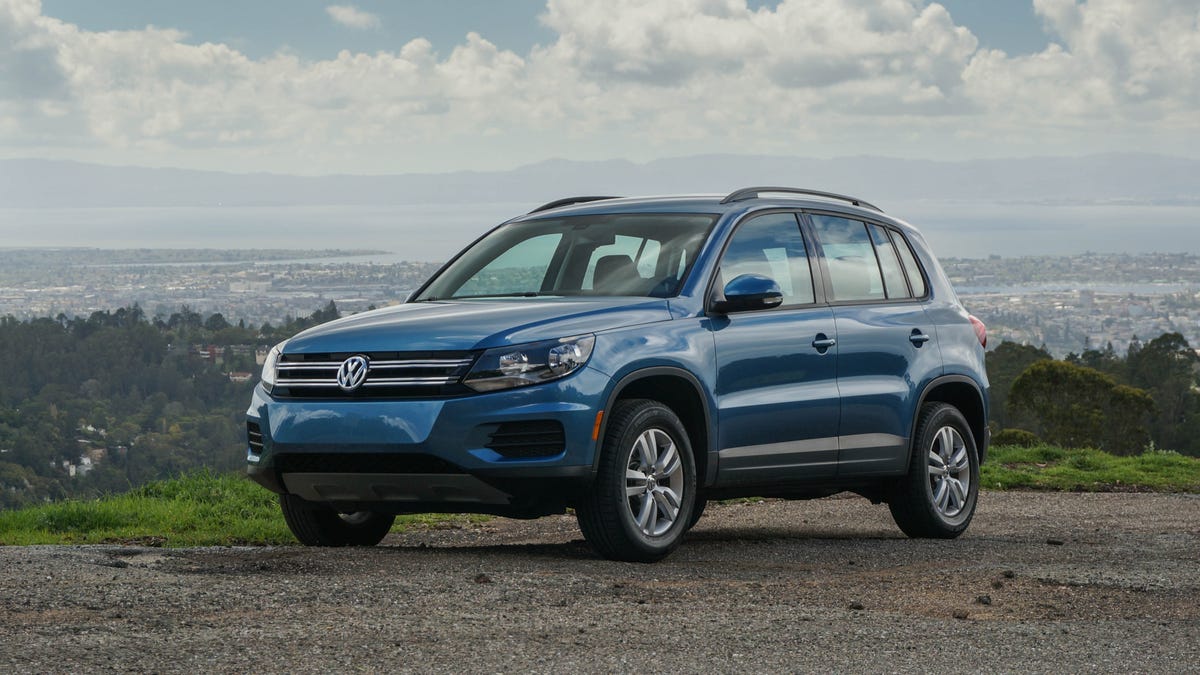2017 Volkswagen Tiguan S: an old dog with a few new tricks
It's hard to believe that the Volkswagen Tiguan has persisted practically unchanged for nearly a decade. Does the aging small SUV have what it takes to compete with a wave of newer alternatives?

With the 2017 model year, the first generation Volkswagen Tiguan enters its 10th year of production. Sure, there have been tweaks along the way, but this is basically the same car that debuted back in 2007.
We thought the Tiggy was due for replacement and VW did debut a new, larger second-generation model earlier this year. However, the old Tiguan will be sticking around for a bit longer.
Under the hood, the small SUV is powered by a 2.0-liter turbocharged four-cylinder engine. Power is quite good and the throttle pedal feels responsive.
Unfortunately, fuel economy leaves a bit to be desired with an EPA estimated 22 mpg combined. Add to that the Tiguan's requirement for premium fuel, which gives us further pause.
The 2.0T is mated to the wheels via a six-speed automatic transmission. Front wheel drive is standard, but 4Motion all-wheel drive can be had for a few dollars more.
On the road, the engine's responsive performance was let down by a chassis that feels soft and steering that's numb.
Our example was of the S trim level. That's the entry point with no option boxes checked.
Even at this level, Android Auto, Apple CarPlay and MirrorLink are standard. If you've got a decent phone and a USB cable, that covers most drivers' navigation and audio needs without spending an extra dime.
You could check option boxes until your Tiguan pushes above the $36,000 mark, but without modern driver-aid technologies, there's not much incentive to spend more than you need to.
The 2018 Volkswagen Tiguan will arrive later this year with more space, better tech and a new look, inside and out. Unless you can get a really good deal on a 2017 Tiguan S, you should probably wait for that one.

